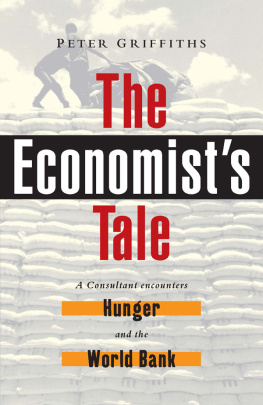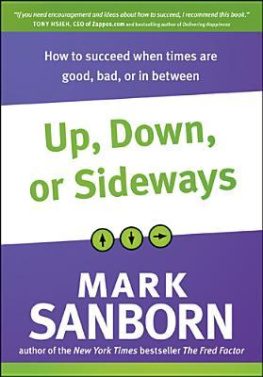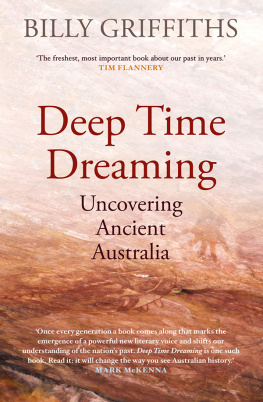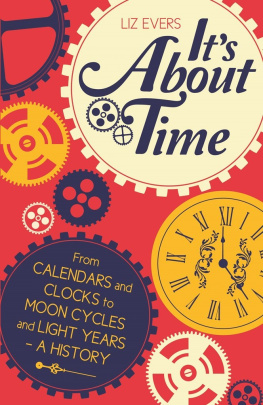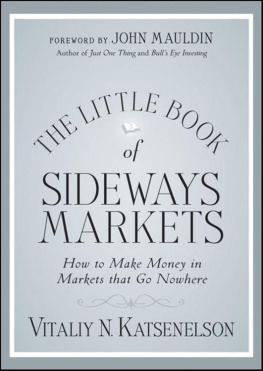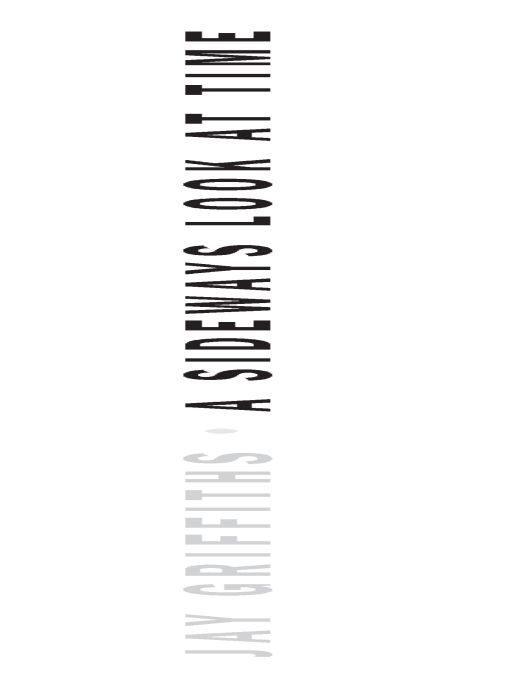Table of Contents
PRAISE FOR A SIDEWAYS LOOK AT TIME
Thoughtful, original and intuitive... amusing and erudite, fascinating and spirited. Bravo!
THE TIMES LITERARY SUPPLEMENT (LONDON)
Splendid, extraordinarily wide-ranging, emphasizing the political import of the subject. Impressive, absorbing and radical, provocative, impassioned, often outrageously witty.
THE NEW INTERNATIONALIST
A wonderful, delightfully humorous polemic against everything wrong with the way we deal with time today.
THE INDEPENDENT (LONDON), BOOKS OF THE YEAR
An irresistibly provocative and political analysis of time.... [Griffithss] wittily enthusiastic thesis is that time has too long been used as a tool to power: as a manifesto, it could cause a revolution.
THE TIMES (LONDON), BOOKS OF THE YEAR
A whirl of a book. Any page will get you hooked.
NEW SCIENTIST
A compulsively readable book cleverly combining influences as diverse as Otis Redding, Beltane, and Australian aboriginals; Griffiths does for time what Robert M. Pirsig did for truth-obsessed philosophy in Zen and the Art of Motorcycle Maintenance. Its also a sexual, playful, intensely female book. Griffiths argues that through their monthly menstruation cycles, often affected by the moon, women are much more in tune with cyclical concepts of non-linear time.With this book, Griffiths may just have beaten the clock. Passionately written and cogently argued, its a book you should make time to read.
TIME OUT, LONDON
A wildly exuberant and exhilarating polemic. Enormously intelligent, fresh and innovative, this is a book unlike any other I have read.
THE AGE
There are lots of books on time, but none like this lyrical account that proceeds via argument instead of examination.... Flowing with ideas, an audacious and exhilarating book.
SYDNEY MORNING HERALD
Both revolutionary and a real pleasure to read. Certainly this must become one of the principal texts of anyone campaigning for social or environmental justice.
THE ECOLOGIST
A brave and novel rage against the machine of time. It oozes ideas as rich as a literary death-by-chocolate. Savour a spoonful at a time.
THE BIG ISSUE
Done with an energetic panache that will leave you mentally richer... a delight.
EARTHMATTERS
INTRODUCTION
If, on the one hand, any of the following apply to you:
If you suspect theres more to time than clocks...
If you do not think that time is money...
If you would have laughed overhearing a child say Ill do it in five minutes... Is that today?...
If you have a sneaky feeling that other cultures might have wise, rich and elegant ideas of time...
If you have ever wondered whether linear and cyclical time could conceivably have something to do with gender...
If you have ever felt that Western modernitys time is coercive, crushing and overwound...
If you think an analysis of time could, or indeed should, include art, advertising, philosophy, literature, anthropology, history, sociology, music and myth...
... Then please read on.
If, on the other hand, the following apply:
If you think a book about time can only mean a history of clocks...
If you want an exhaustive, chronological reference book...
If you think that time is money...
If youd rather count time than cherish it...
If you like clocking-in...
If you like everyone else clocking-in...
If you simply cant bear childhood, carnivals, mirth, sex, nature, dawn choruses and May Day...
... Then let me politely head you off at the pass.
There are many excellent books on time. Historians writing on time include E.P. Thompson, Anthony F. Aveni, David Landes and Carlo M. Cipolla. G.J. Whitrow and David Ewing Duncan have written interesting books on the history of calendars. In scientific literature, you have Stephen Hawking, Stephen Jay Gould, Peter Coveney and Roger Highfield, Ilya Prigogine and others. Among sociologists, Barbara Adam is superb.
So, why this one? Its a book about how people experience time, not an abstract academic study. Its an argument, not a reference book. It began in a euphoric moment, thinking about speed. Speed fantastic but fatal, speed exhilarating but frightening, fabulous but fascistic.
It continued with an instinct that time was a highly political subject, and that modern Western time is a subtle but profound example of cultural imperialism.
It proceeded with a warm appreciation for the ways people all over the world have pictured time, and for times rootedness in nature. It traveled with me, to India, Thailand, America, Canada and New Zealand.
It involved reading hundreds of books and articles in the British Library, all of which were interesting, stimulating and useful, on very scattered aspects of the subject. None of them, though, sought to put all this information together, to look at time from a fully cultural perspective. Furthermore, though there were glittering gems of fury about certain subjects (Paul Virilio on speed, for example, and various critics of progress), no writer seemed to have made a single, cohesive polemic as I wished to do, a broadside against all the misuses of time in modern Westernized societies. And a manifesto for time to be seen as something more extraordinary, strange, sensualeven eroticthan our dominant definitions allow.
In such a book, using the dating devices B.C. and A.D. ties time into an inappropriately rigid Christian context, so I have instead used B.C.E. (Before Common Era) and C.E. (Common Era) respectively. The chapters are arranged thematically. The first looks at the present, too often enclosed or tamed by clocks, and at the variety of ways that the now is portrayed across the world. Chapter two is about speed moving to one on the past, and one about carnivals and rhythms of time. Following that is a chapter on womens time, then one on gender, one on power and one on money. The next chapter discusses progress, then theres one on the future, one on nature and one on death. The last chapter looks at wild time, time set free, unenclosed, time as it could be conceived. This was partly written in one of the last remaining wildernesses on earth, a wild land and a wild riverthe perfect setting for wild time. In a concession to linear time, the chapters are numbered sequentially, one to thirteen. The thirteenth chapter represents the thirteenth hourthe ultimate unclocked wild hour.
.......... pip pip....
1 PIPS AND OCEANS AND THE NOW
Ah, now! That odd timethe oddest time of all times; the time it always is... by the time weve reached the w of now the n is ancient history.
MICHAEL FRAYN
An artist, a woman and a gridded screen. The woman is naked and entirely sensual. She reclines away from the artist, smiling a very knowing smile, andif he lookedthe artist would see her left hand is teasingly, playfully, almost touching herself. What of the gridded screen? The artist has set it between himself and the nude, so he can accurately plot her measurements and proportions. So rigidly preoccupied is the artist with the grid, that on the paper before him is no woman at all, no knowing smile, no thigh and no moist finger, just the straight lines on the page, the frets of a grid. Albrecht Drer (1471-1528) made an engraving of this, the Artist Drawing a Nude through a Gridded Screen. Looking at it once, it occurred to me that this is how modernity sees time; that we are so preoccupied with our gridded, subdivided constructions of numbered measurements that we lose sight of the gorgeous, lifeful thing itself. Modernity knows the strut and the fret. But not the hour.



